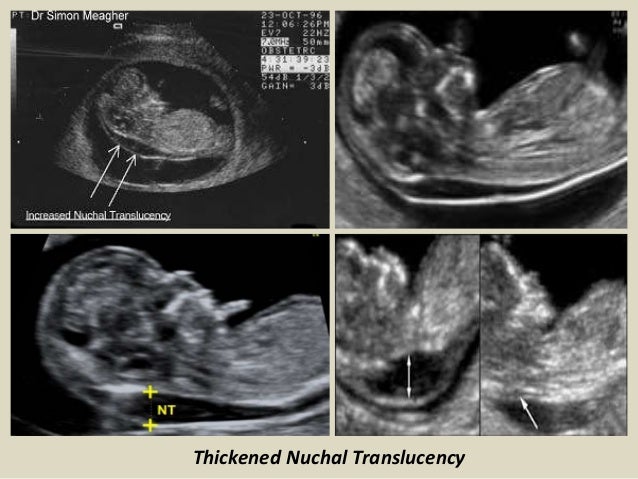


Modified contact rates are inferred alongside time-varying reproduction numbers that quantify changes in overall transmission due to pandemic response, and age-stratified proportions of asymptomatic cases, hospitalization rates and deaths. An efficient new inference algorithm ABC-MBP combining existing approximate Bayesian computation (ABC) methodology with model-based proposals (MBPs) is applied. Fitting stochastic compartmental models to such detailed data is extremely challenging, especially considering the large number of model parameters being estimated (over 150). This data includes age-stratified population size, cases, deaths, hospital admissions and results from the Coronavirus Infection Survey (almost 9000 observations in all). Here, we fit age-stratified models, including re-estimation of relative contact rates between age classes, to public data describing the 2020–2021 COVID-19 outbreak in England. However, age-stratified contacts are typically estimated from pre-pandemic/peace-time surveys, even though interventions and public response likely alter contacts. Well parameterized epidemiological models including accurate representation of contacts are fundamental to controlling epidemics.


 0 kommentar(er)
0 kommentar(er)
